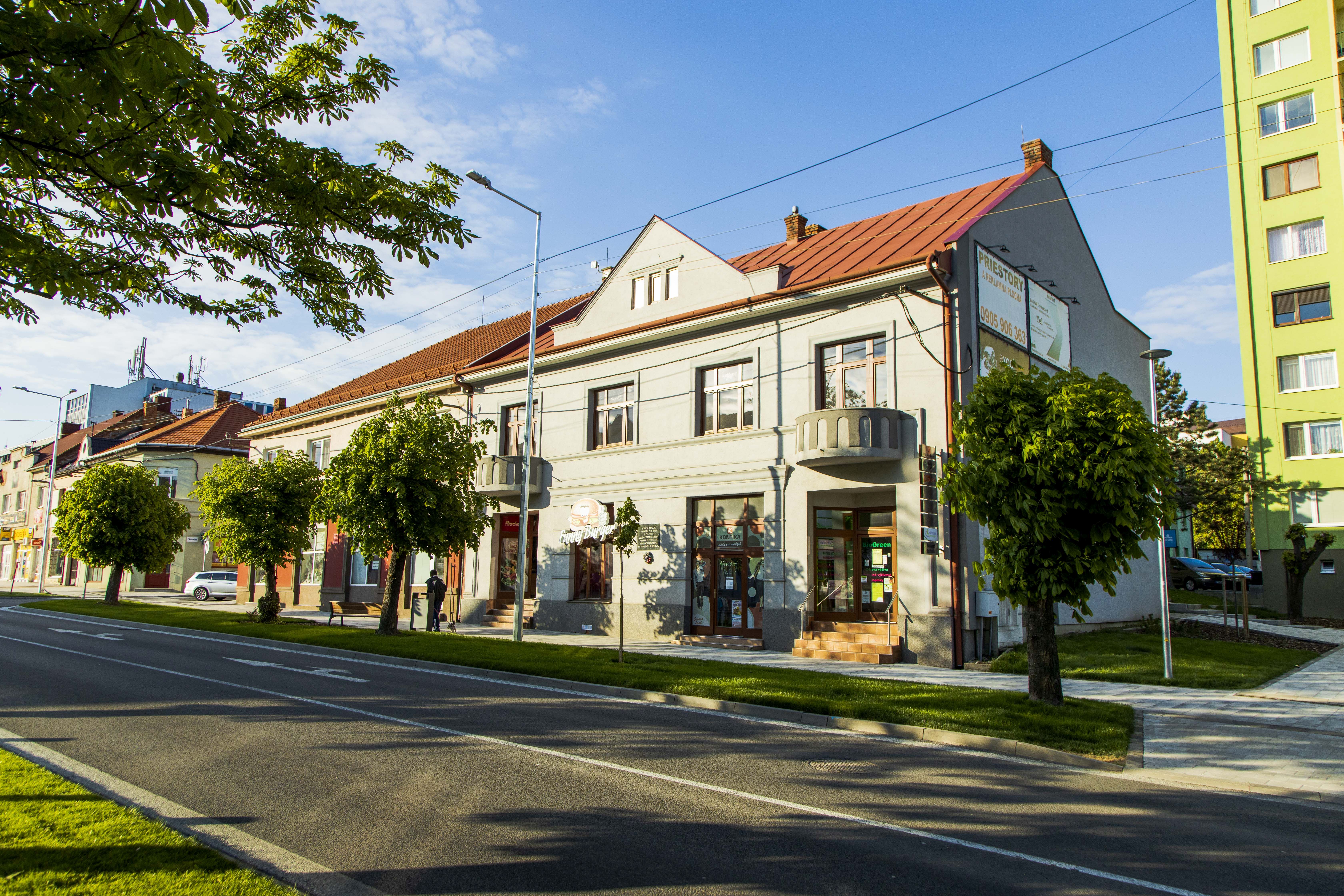Cyril Daxner – Daxnerov dom

Cyril Daxner bol slovenský právnik, dôstojník, novinár, národný a kresťanský aktivista, účastník v Malej vojne, organizátor Slovenského národného povstania na východnom Slovensku. Starý otec Štefan Marko Daxner de Tótzabar (1822 – 1891) bol spoluzakladateľ Matice slovenskej, jeden z predstaviteľov Slovenského povstania 1848 – 1849 a tvorca politického programu aktuálneho až do roku 1918. Zapísal sa do dejín ako obranca Evanjelickej cirkvi a. v. pred maďarizáciou na Gemeri a Honte. Otec bol Ivan Daxner (1860 – 1935), ktorý má priamu spoluúčasť na vytvorení Československej republiky a bol tajomníkom Slovenskej ligy. Podpisoval Clevelandskú a Pittsburskú dohodu, teda dokumenty vedúce k vzniku Československej republiky. Prastarý otec bol Karol Kuzmány, 1. historický podpredseda Matice slovenskej a superintendent Evanjelickej cirkvi augsburského vyznania. Medzi blízkych príbuzných napr. patrí Janko Jesenský (1874 – 1945) spisovateľ, politik a prvý slovenský nositeľ titulu národný umelec a taktiež Juraj Janoška (1882 – 1945) zast. župan, určitý čas predseda Slovenskej národnej strany, účastník Slovenského národného povstania, ktorý zomrel tragicky v roku 1945.
Cyril Svetozár Daxner sa narodil 20. júla 1904 v Tisovci. Už v detstve prejavoval záujem o národné veci. Maturoval na Gymnáziu v Turčianskom sv. Martine a pokračoval v štúdiu práva na Univerzite Komenského v Bratislave, ktoré ukončil roku 1931 Po získaní doktorátu z práva pracoval aj ako redaktor Národných novín v Martine.
Dejinný význam Cyrila Daxnera je v troch oblastiach: v aktívnej účasti v bojoch počas Malej vojny (1939), v organizácií SNP na východnom Slovensku a v kultúrnej i cirkevnej stope, ktorú zanechal v hornozemplínskej oblasti. Vojenskú prezenčnú službu totiž vykonával ako dôstojník delostrelectva v meste Vranov nad Topľou. Po zložení advokátskej skúšky si tu v roku 1934 otvoril kanceláriu.
Cyril Daxner bol známy originálnymi názormi, spoločenským, cirkevným životom, advokátskou praxou a pomocou obyčajným ľuďom. Všímal si aj európske politické dianie, čomu mu napomáhali jazykové znalosti. Ovládal ruštinu, maďarčinu a nemčinu. Cyril Daxner nepatril k žiadnemu politickému zoskupeniu a jeho jedinou prioritou bola obrana národných práv Slovákov. Bol jednoznačne proti nacizmu a pangermanizmu. V marci 1939 po maďarskom obsadení Podkarpatskej Rusi sa dobrovoľne hlási na veliteľstve v Prešove u Augustína Malára, ktorý prevzal velenie nad VI. zborom zabezpečujúcim obranu východného Slovenska. Keď 23. marca 1939 vpadli maďarské jednotky z východu na územie Slovenska prevzal Daxner, ako nadporučík delostrelectva velenie nad útočnou skupinou zloženou z niekoľkých obrnených automobilov OA vz. 30 a vyrazil proti postupujúcim maďarským jednotkám. Počas bojov osobne obsluhoval jedno obrnené vozidlo a po zásahu granátom len o vlások unikol smrti. Jeho počiny ho zaradili k hrdinom Malej vojny (1939). K jeho skupine sa pridávajú aj mladí dobrovoľníci z prešovského telegrafného práporu. Daxner a jeho jednotka je nasadená do prudkých bojov v okolí Nižnej Rybnice. Po vojne pôsobil ako advokát v meste Vranov nad Topľou.
V nasledujúcom období sa Cyril Daxner zapojil do organizovania protinemeckého odboja a bol kľúčovou postavou občianskej rezistencie na východnom Slovensku so spojením na Bratislavu. Organizoval spojenia s občianskymi skupinami v Humennom, Bardejove, Stropkove. Osobne spolupracoval s Viliamom Žingorom a Ľudovítom Kukorellim. Bol spoluorganizátorom vranovskej partizánskej skupiny známej pod názvom Pučkov. Počas represívnej akcie na východnom Slovensku bol 19. apríla 1944 na základe udania konfidenta Ústredne štátnej bezpečnosti zatknutý spolu s manželkou. Od 15. mája 1944 bol väznený v Ilave a neskôr v Bratislave. Gestapo ho vo februári 1945 odvlieklo do koncentračného tábora Mauthausen-Gusen.
Po oslobodení chorý a podvyživený opúšťa loďou Rakúsko a vracia sa do Bratislavy 24. mája 1945. Pokúša sa dostať k rodinnému príbuznému Jankovi Jesenskému, no od únavy zaspal na ulici a z chladného počasia dostal zápal pľúc. Lekár prof. Sumbol sa ho snažil do poslednej chvíle zachrániť. Cyril Svetozár Daxner zomiera v nemocnici v Bratislave na Hlbokej ceste 7. júna 1945 a je pochovaný na cintoríne pri Kozej bráne. Roku 1945 in memoriam vyznamenaný Československým vojnovým krížom 1939; roku 1946 in memoriam Radom SNP I.tr.; Roku 1939 vyznamenaný Medailou za hrdinstvo a Pamätnou medailou za obranu Slovenska v marci 1939 počas Malej vojny. Pamiatku na jeho nevšedný život udržiava v súčasnosti Miestny odbor Matice slovenskej vo Vranove nad Topľou.